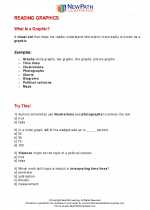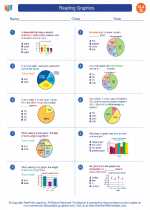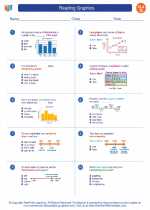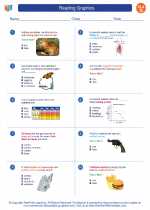Reading Graphics Study Guide
Introduction to Reading Graphics
Reading graphics involves interpreting and understanding visual representations of information, such as charts, graphs, maps, and diagrams. It is an important skill for comprehending and analyzing complex data.
Types of Graphics
1. Charts and Graphs: These visually represent numerical data, such as bar graphs, line graphs, and pie charts.
2. Maps: Geographic representations used to show locations, distances, and relationships between places.
3. Diagrams: Visual representations of processes, structures, or systems.
4. Tables: Organized sets of data presented in rows and columns.
Strategies for Reading Graphics
1. Read the Title and Labels: Understand what the graphic is about and the meaning of any labels or axes.
2. Analyze the Data: Examine the values, patterns, and relationships presented in the graphic.
3. Interpret the Key: Understand any legends or keys that explain symbols, colors, or categories used in the graphic.
4. Consider Context: Relate the graphic to the surrounding text or information to gain a deeper understanding.
Practice Questions
1. What type of graphic would be most suitable for representing changes in stock prices over time?
A. Bar graph
B. Line graph
C. Pie chart
D. Map
2. In a map legend, what does a blue line typically represent?
A. Rivers
B. Highways
C. Mountains
D. Railroads
Further Reading
For more information and practice exercises on reading graphics, refer to your textbook or online resources related to data analysis and visual literacy.
.◂English Language Arts Worksheets and Study Guides Seventh Grade. Reading Graphics

 Worksheet/Answer key
Worksheet/Answer key
 Worksheet/Answer key
Worksheet/Answer key
 Worksheet/Answer key
Worksheet/Answer key
